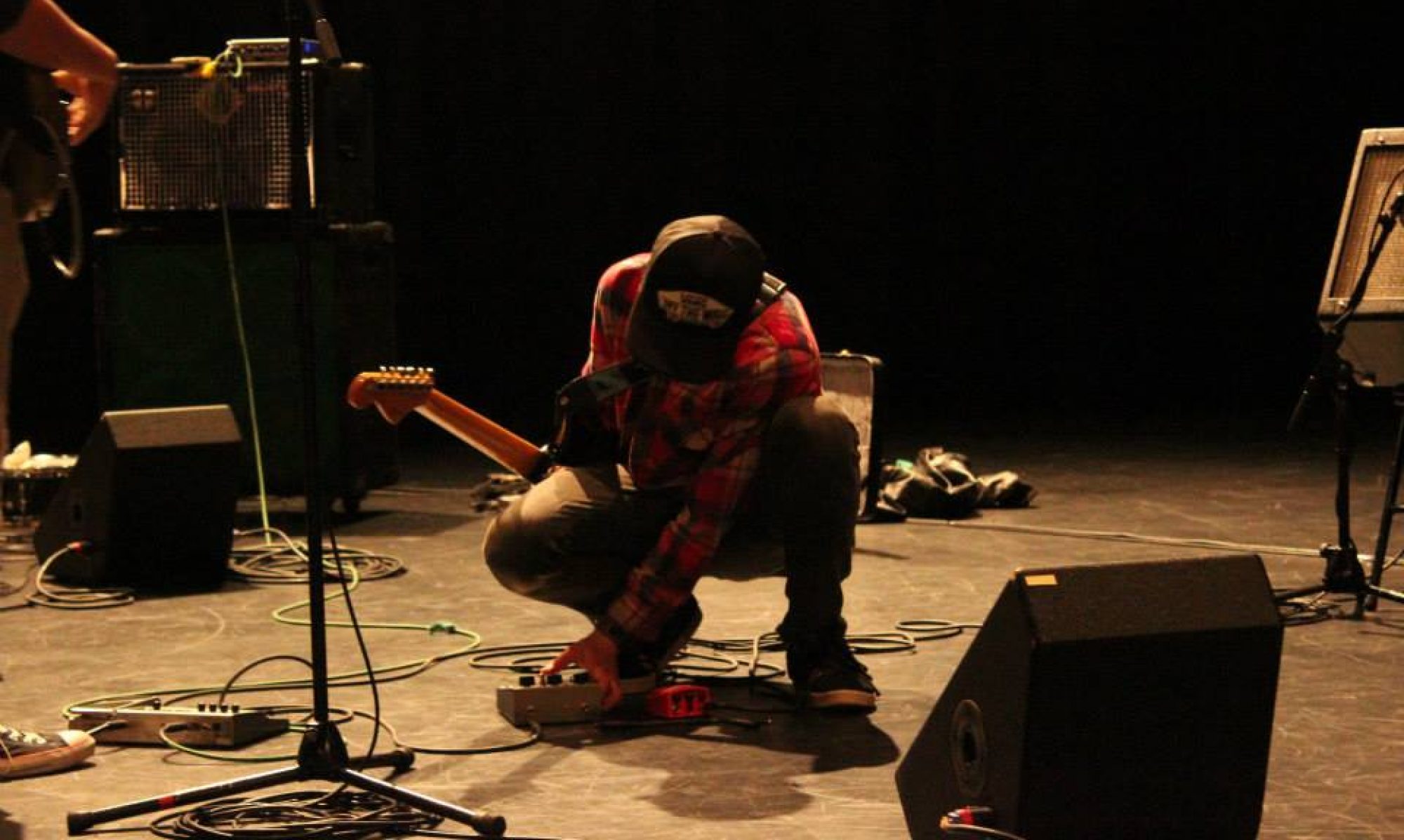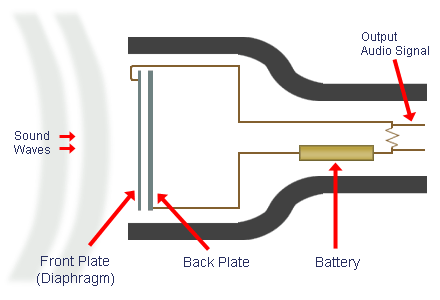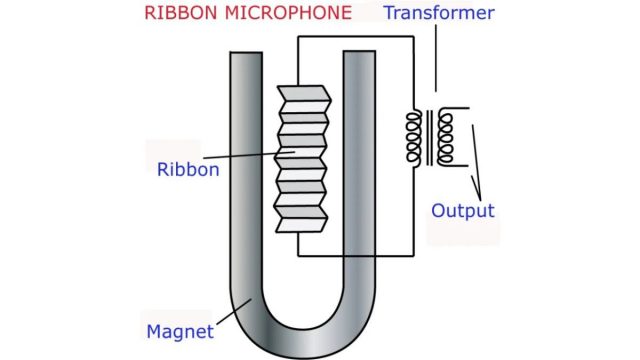By the end of this lesson, you will:
- Understand the difference between Dynamic, Condenser, Tube Condenser and Ribbon Microphones
- You will understand how to use various polar patterns
- You will understand how to properly care for microphones so that you do not damage them.
Microphone Types
Dynamic
Dynamic microphones are very robust. Typically, if you accidently drop them they will survive. However, because they are quite mechanical, they are not very sensitive and require a fair bit of sound pressure to operate. This means that they are not get choices for subtle sounds because you will be recording into the noise floor and overtaxing your preamps.
Condenser (Capacitor)
Unlike dynamic microphones, condensers can be easily damaged. Instead of the robust magnet and coil, a condenser microphone user capacitors to create a signal. The delicate electronics make these microphones far more sensitive to acoustical energy. This means that quieter sources can be recorded without introducing the same amount of noise as a dynamic microphone.
A condenser microphone needs to be charged. This can be done either from a battery or by using phantom power. Typically, studio mics use the external phantom power. Battery mics, are more typically found on film sets.
Tube Condenser
 A tube microphone, as the name suggests, is any microphone that has a vacuum tube in its design. This is obviously a very simple answer to this question.
A tube microphone, as the name suggests, is any microphone that has a vacuum tube in its design. This is obviously a very simple answer to this question.
Because vacuum tubes are active electronic devices (they require power to function), tube microphones are also active. The power requirements for vacuum tubes are relatively high so tube mics are designed with external power supply units that will supply the necessary power.
In general, people feel that the active tube electronics produce a warmer sound.
Ribbon Microphones (Optional)
We do not own any ribbon microphones at the school because they are so delicate.
A ribbon mic is considered unique type of dynamic microphone that is based around a thin, corrugated strip of metal (often aluminum) or film suspended between two magnetic poles. As the ribbon vibrates within its magnetic field, it generates a tiny voltage that corresponds to these changes in velocity. This microphone is very fragile. Its ribbon can break by a simple drop of the mic or too much acoustical energy.
Polar Patterns
Some microphones allow the user to select various polar patterns for different applications. Many recordists only experiment with polar patterns when there are multiple sources in the room. However, depending on the space, playing with pickup patterns can produce excellent results on single sources.
Please watch the following video
How to Take Care of Condenser Microphones
Condenser mics are very important to any studio’s arsenal. Here are some tips that will help keep yours performing at their prime.
- Always use a pop filter when recording vocals. This will stop the singer’s spit from landing on the diaphragm. The charged diaphragm can attract saliva particles right onto the mic membrane.
- Keep your mic in a plastic bag or case when not in use. Whether you keep the mic in its case or leave it on a stand, a plastic bag (like an unsealed sandwich bag) will stop airborne dust and the foam from windscreens and storage cases from settling on the capsule.
- Keep the singer at least 6 inches away from the mic to prevent plosives from buffeting the capsule.
- Never turn on the power supply for a condenser mic before connecting the mic.
- Treat your condenser mics like valuable, fragile tools. They might be able to withstand more abuse than you expect, but they will probably last longer if you treat them with kid gloves instead of tossing them into a mic locker when you’re done with them.
- Use the original mic clip and/or keep the shockmount in good condition. I’ve seen many condenser mics do a head-first swan dive straight into a hard studio floor because the clip was damaged or inadequate for the task.
- Use a suitable stand and make sure, in the case of a tripod stand, that the supporting leg is directly beneath the microphone. Even the best stand will topple if the weight of a mic is positioned between two supporting legs.



